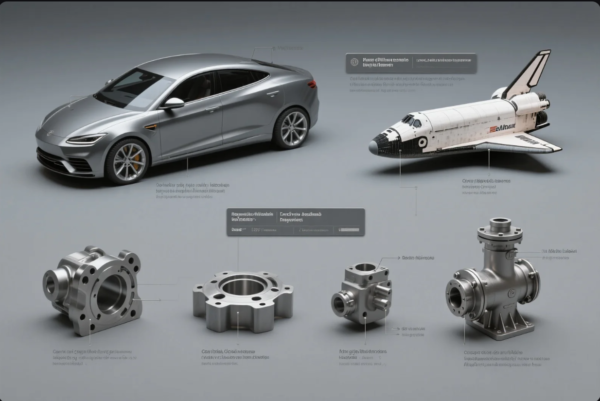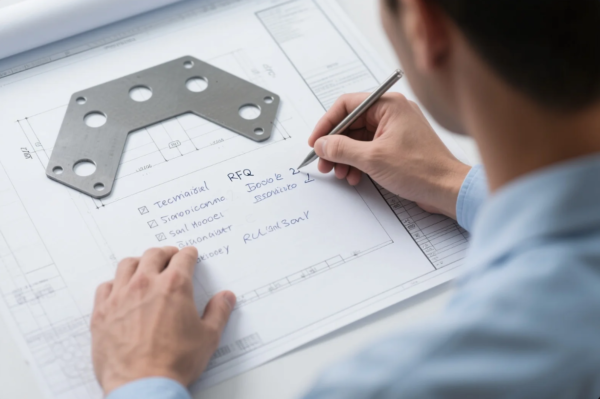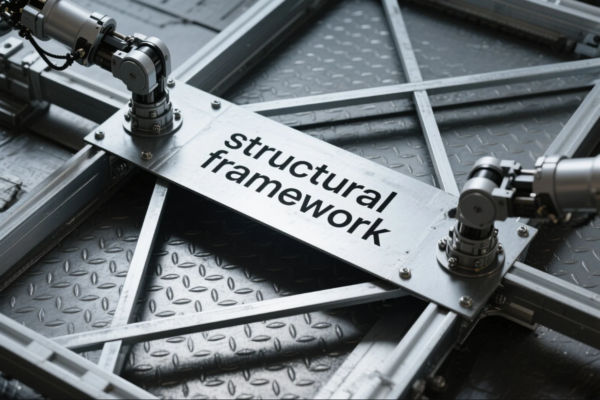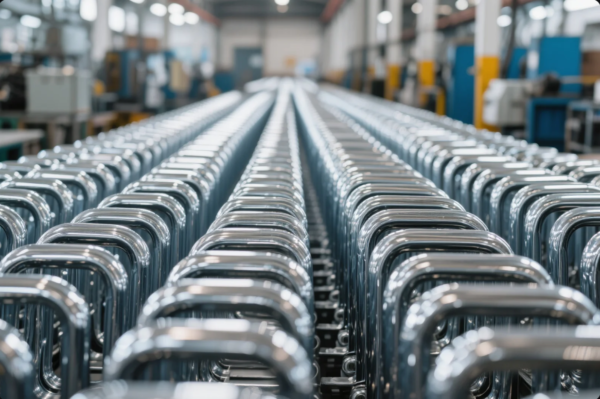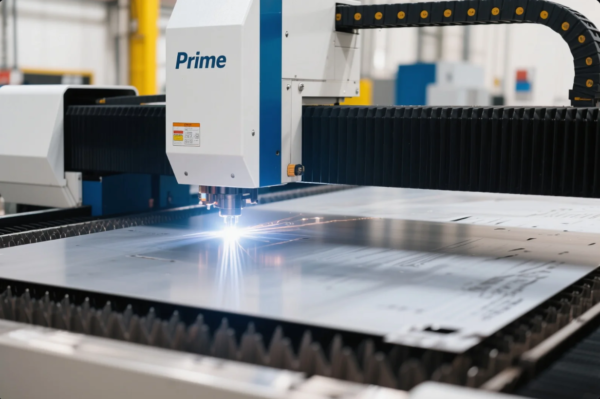How do you use a metal nibbler?
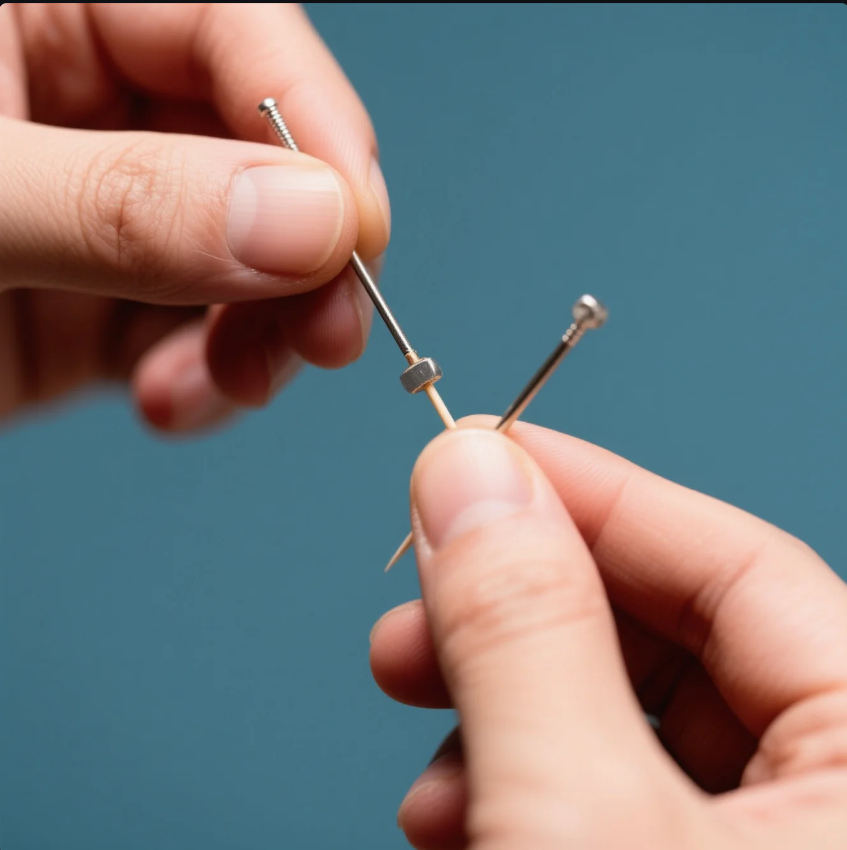
Cutting curves or tight corners in sheet metal? A nibbler might be your best tool.
To use a metal nibbler, guide the cutting head along the marked line while applying steady forward pressure. The tool punches small bits out of the metal, allowing for precise and clean cuts.
At Prime, we use nibblers for on-site modifications, prototype cutouts, and curved sheet metal trimming when laser or CNC equipment isn’t practical.
How to use a metal nibbler?
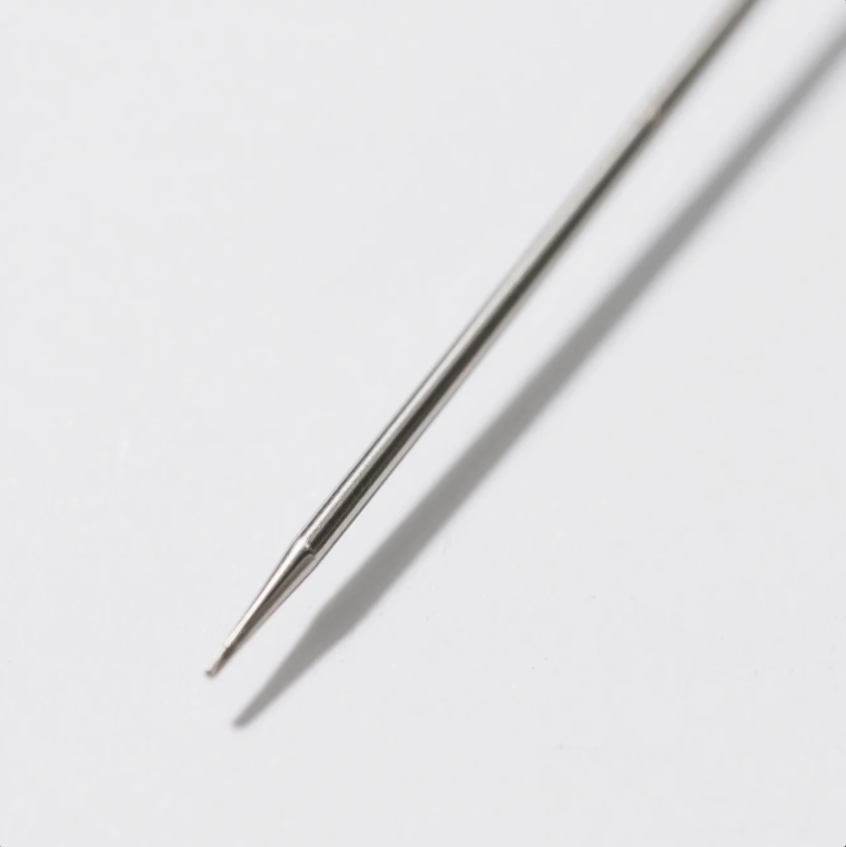
Straight cuts are easy—but complex shapes need finesse.
Clamp the metal sheet, mark the cut line, and guide the nibbler head slowly while it removes small chunks of metal. Let the tool do the work—don’t force it.
At Prime, we recommend nibblers for aluminum panels, control box openings, and circular knockouts where jigsaws might distort the material.
Nibbler Operation Tips
| Step | What to Do |
|---|---|
| 1. Mark Cut Line | Use a clear marker or scribe |
| 2. Clamp Sheet | Keep material stable and vibration-free |
| 3. Start Tool | Let it reach full speed before cutting |
| 4. Cut Slowly | Maintain control and follow the curve |
| 5. Deburr Edge | Clean up rough cuts with a deburring tool |
Nibblers can be pneumatic, electric, or manual—choose the right one based on sheet thickness and project size.
What is a sheet metal nibbler used for?
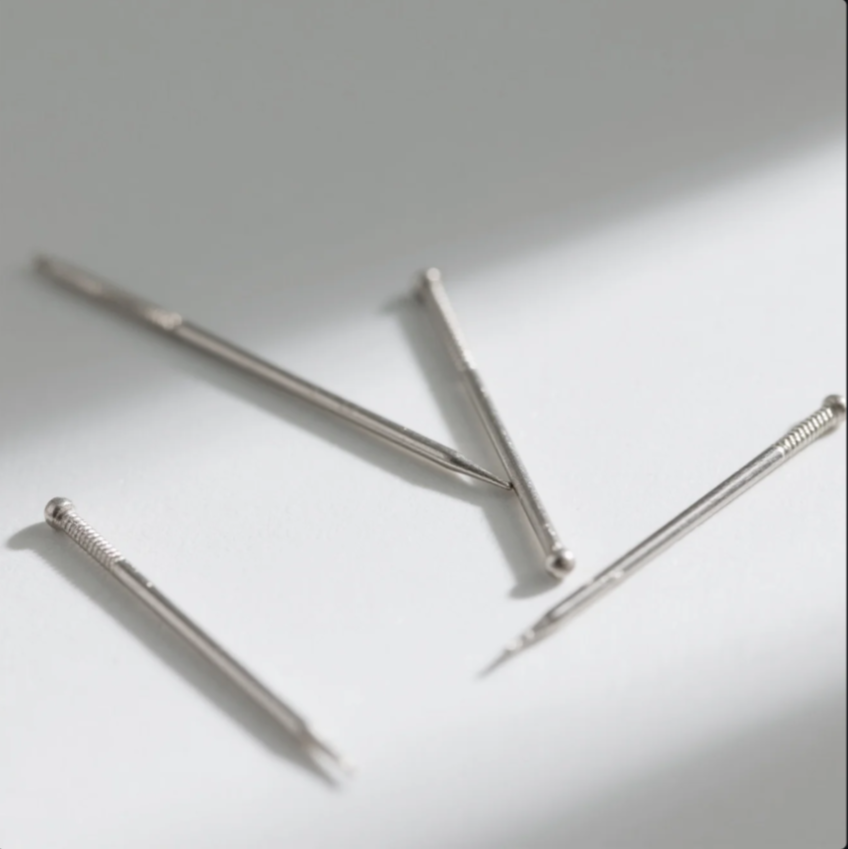
Too much vibration from other tools? A nibbler solves that problem.
A sheet metal nibbler is used for cutting curves, circles, and irregular shapes in sheet metal without bending or distorting the material.
At Prime, we use nibblers when preparing access holes, electrical knockouts, and custom-shaped control panels—especially in thin-gauge aluminum or steel.
Nibbler Use Cases
| Application | Why a Nibbler Works Best |
|---|---|
| HVAC Duct Openings | Precise, vibration-free cuts |
| Control Panel Modifications | Cuts curves without jagged edges |
| Thin Steel/Aluminum | Maintains shape without warping |
| Rounded Enclosures | Handles internal arcs easily |
Need complex cutouts in small volumes? Nibblers save cost compared to full CNC setup.
What is nibbling in sheet metal?
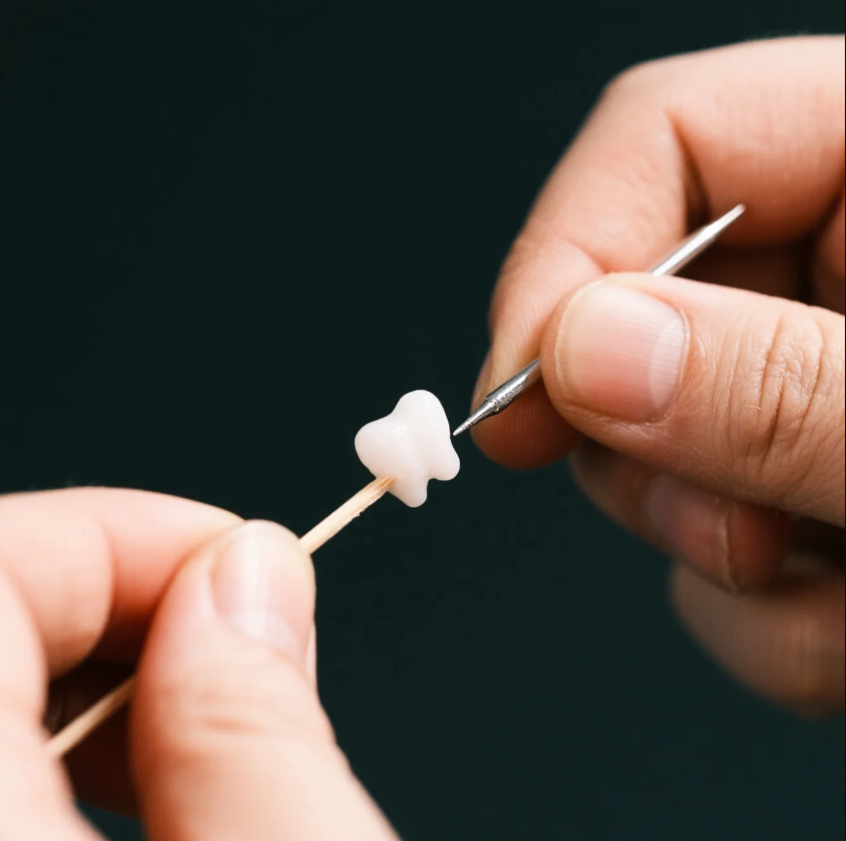
It’s not chewing—but it looks like it.
Nibbling is a metal-cutting process where a punch tool removes small bits of material in a fast, repeated motion to form a continuous cut.
This method creates minimal heat, low distortion, and flexible shapes, making it ideal for thin-gauge sheet work in prototype or field applications.
Nibbling Advantages
| Benefit | Description |
|---|---|
| Flexible Cutting Path | Ideal for curves and tight shapes |
| Low Heat Generation | No warping, safe for coated metals |
| Clean Cut Lines | Minimal burring with proper technique |
| Easy Tool Setup | Great for low-volume fabrication |
At Prime, we use nibbling as a secondary method when parts need quick reshaping or field correction without full machine setup.
How do you use a metal deburring tool?
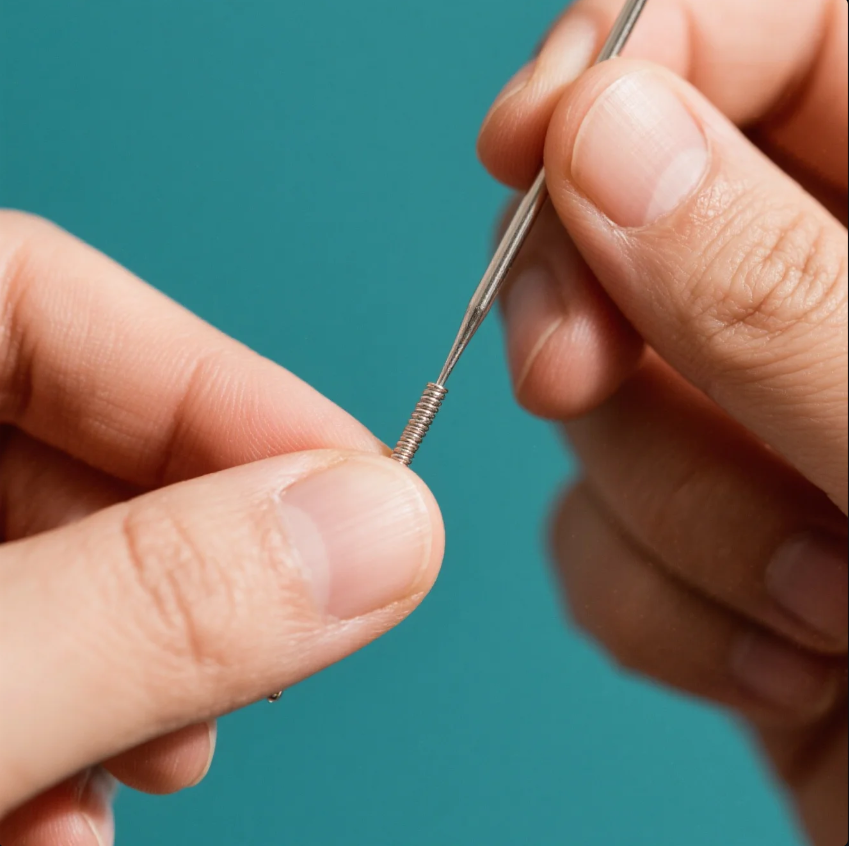
After nibbling, your edges need smoothing.
Use a hand deburring tool by dragging its blade along the cut edge or hole at a consistent angle. The blade swivels to follow curves and remove burrs.
At Prime, every nibbled or punched sheet gets deburred before surface treatment—ensuring safety, fit, and visual quality.
Quick Guide to Deburring After Nibbling
| Task | Tool to Use |
|---|---|
| Edge Cleanup | Flat file or flap disc |
| Hole Deburring | Swivel deburring blade |
| Internal Cutouts | Rotary deburring bit |
| Final Finish | 240+ grit emery cloth |
Combining nibbling and deburring ensures accurate cuts with safe, smooth edges—ready for use or assembly.
Conclusion
To use a metal nibbler, clamp your sheet, follow the line, and move the tool steadily—then deburr the edges for a smooth, safe finish.
Need precision cutouts without distortion? Prime offers laser cutting, nibbling, hand trimming, and expert edge finishing—ideal for custom prototypes, enclosures, and field-ready components. Contact us now for a fast quote and technical guidance.

